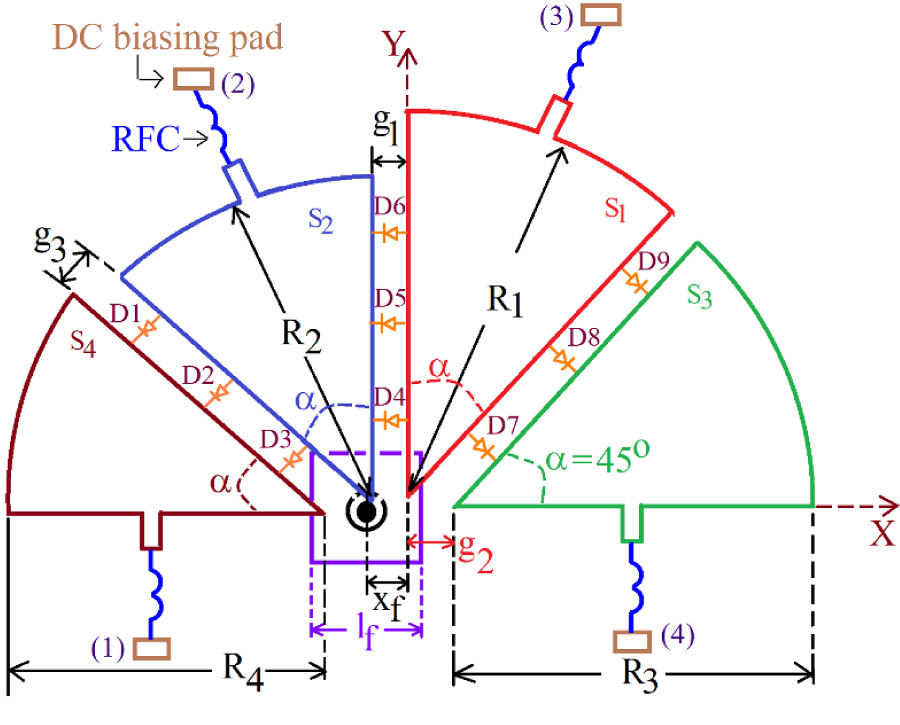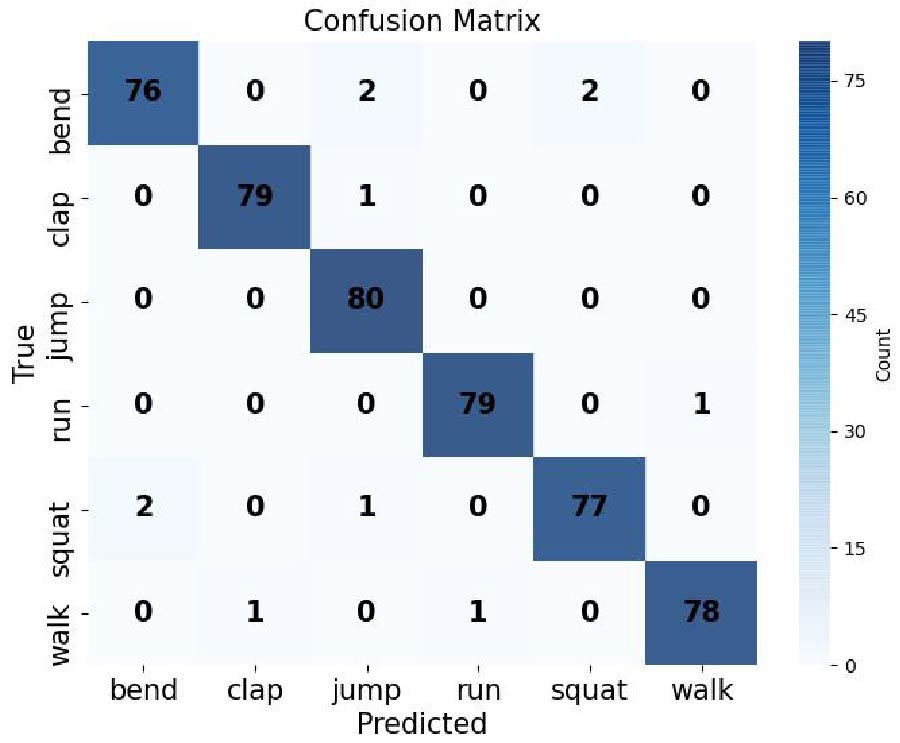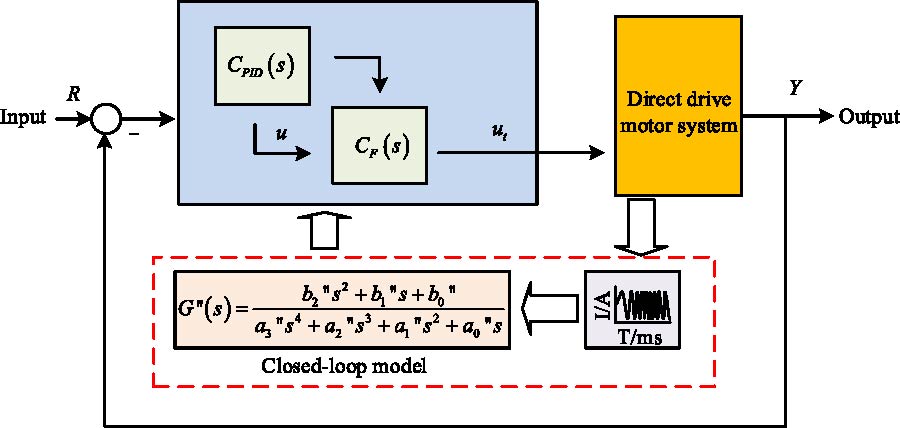Reconfigurable Designs of Sectoral Microstrip Antennas for Wideband and Circularly Polarized Response
Venkata A. P. Chavali
,
Amit A. Deshmukh
,
Aarti G. Ambekar
,
Hari Vasudevan
and
Tushar V. Sawant
Gap-coupled designs of Sectoral microstrip antenna for 90˚ and 45˚ sectoral angle are proposed for wideband and circularly polarized response. On total substrate thickness of ~0.1 g, proximity fed design of 90˚ Sectoral patch yields simulated bandwidth of 827 MHz (50.41%) with a peak gain of 8.1 dBi, whereas its gap-coupled configuration with parasitic 45˚ Sectoral patches yields simulated bandwidth of 1336 MHz (69.11%) with a peak gain of 8.0 dBi. A gap-coupled design of two 90˚ Sectoral patches is presented in which orthogonal directions of the fundamental mode currents over the aperture are maintained. This yields circularly polarized response with axial ratio bandwidth of 709 MHz (34.88%), which lies inside the impedance bandwidth of 1103 MHz (60.09%). It offers a peak gain of larger than 7 dBi across the axial ratio bandwidth. To achieve all these operational features using a single patch, a reconfigurable design of Sectoral patches is proposed that yields similar wideband and circularly polarized characteristics. Thus, present study provides a wideband and circularly polarized design that offers either impedance bandwidth of more than 65% or axial ratio bandwidth of nearly 35%. For achieved antenna response, the proposed designs fulfill the requirements of LTE (band 65, 66, and 70) and various aeronautical service mobile satellite bands (1610-2300 MHz). Experimental validation for the obtained results is carried out that shows close matching.


